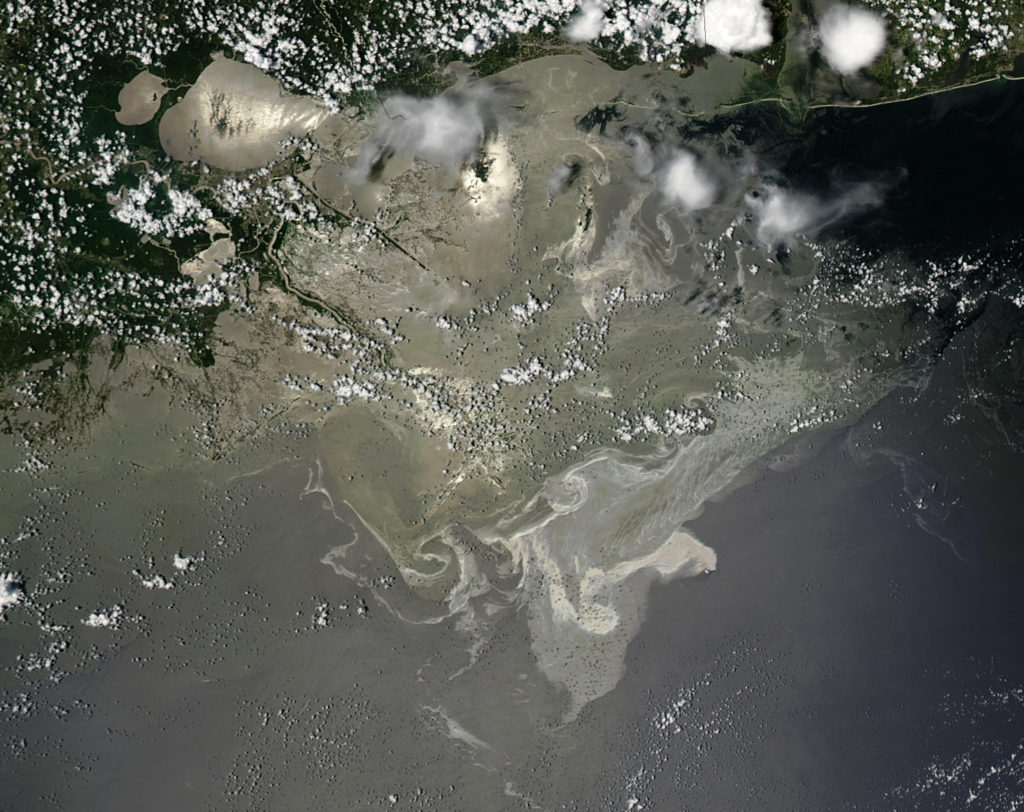
In 2010, an explosion on the BP-owned Deepwater Horizon drilling rig released more than 200 million gallons of oil into the Gulf of Mexico. Some of the oil was recovered, burned, or dispersed at sea, while some washed up onto the shorelines of Texas, Louisiana, Mississippi, Alabama, and Florida.
Now researchers believe the largest oil spill in U.S. history was even bigger than previously thought, at least in terms of the amount of coastline contaminated with oil. In a new study published in the journal Marine Pollution Bulletin, scientists found oil along 1,313 miles of shoreline, an increase of 19% from previous estimates. Some of the oil was removed or treated during cleanup efforts, some naturally degraded, some was absorbed by the soil, and some still lingers on the surface. Many scientists believe the spill has had and will continue to have long-lasting effects on shoreline ecosystems in the Gulf.
The effect of the 2010 blowout on marine wildlife has been more clearly documented to date. More than 1,400 dolphins and whales have washed up dead following the spill, an “unusual mortality event,” which continues today. The spill also claimed 2 to 5 trillion larval fish and more than 8 billion oysters. The area of the oil spill is home to more than 8,000 species, including fish, birds, mammals, mollusks, and crustaceans.
And approximately 30% of the oil spilled during the blowout is still unaccounted for. Some scientists think the oil must have sunk to the bottom of the ocean where it could be ravaging the sea floor, but efforts to prove this have been elusive.
Understanding the fallout of the 2010 oil spill will help decision makers better predict and handle future accidents.
**********
Web Links
Shoreline oiling from the Deepwater Horizon oil spill
BP Oil Spill Trashed More Shoreline Than Scientists Thought
BP Oil Spill Behind Die-Off of Baby Dolphins
Photo, posted June 26, 2010, courtesy of NASA Goddard Space Flight Center via Flickr.
‘BP Oil Spill’ from Earth Wise is a production of WAMC Northeast Public Radio.